Mathematics is the fundamental language of the universe, providing structure and meaning to nearly every field of study. At the core of this language lies the concept of a “unit in math,” a fundamental term often misunderstood despite its simplicity and ubiquity.

✅ AI Essay Writer ✅ AI Detector ✅ Plagchecker ✅ Paraphraser
✅ Summarizer ✅ Citation Generator
Defining a Math Unit
In mathematical terms, a “unit” refers to an individual thing or a single entity. It is a singular, separate object from which measurements are derived. The math definition of a unit often refers to one unit, a basic benchmark used for comparisons and calculations. For instance, in geometry, the “unit square” or “square unit” is a square with sides of one unit length. This basic square serves as a standard for area measurement.
In numeral systems, a unit can also refer to the digit in the rightmost position, or the “ones place.” This end digit in any number is integral to understanding the place value system, helping us understand the numerical value of each digit position in a given number.
Standard Units and Measurements
Beyond the abstract, units also refer to standard units of measurement. These units form the backbone of quantifying the world around us. Measurement units include
- length (meter)
- mass (kilogram)
- time (second)
- electric current (ampere)
- thermodynamic temperature (kelvin)
- amount of substance (mole)
- luminous intensity (candela)
These are considered basic units, otherwise known as SI units (Système International units), utilized globally for consistent measurement. You will most probably see them when working with free math solver as well as other online calculators.
For instance, when determining the “weight of apples,” we use kilograms or grams as our unit of measurement. By defining the apple mass or apple weight in these standard units, we can compare the weight of different apples or even other types of fruit.
Applications of Units in Everyday Life
Unit Price
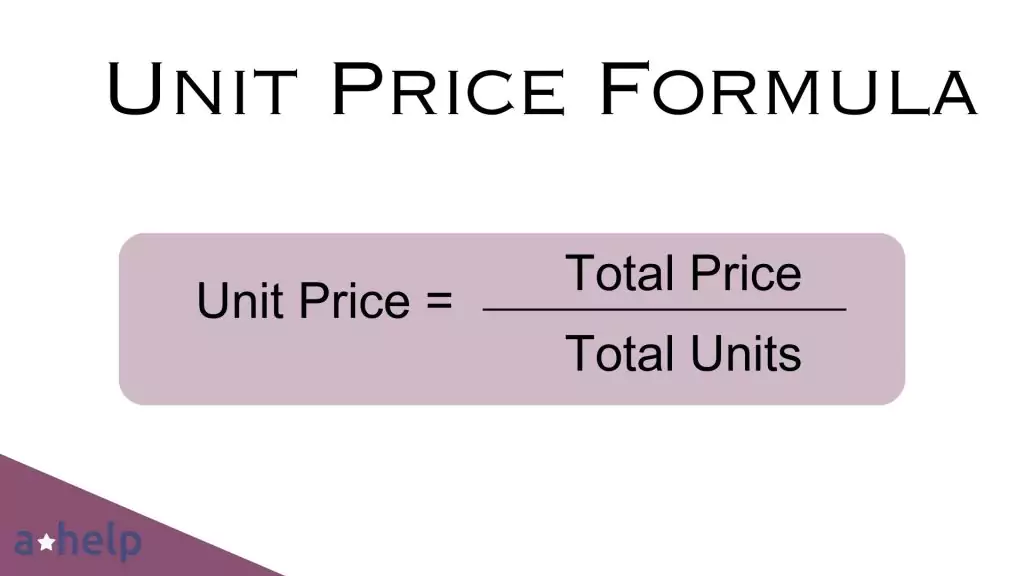
One common everyday application of units is in calculating the unit price or the cost per item. When you buy a dozen apples, the total price is not as useful for comparison as the price per unit or item price. This figure enables you to compare the cost of apples at different stores or even the cost between different fruits.
Time

Units also dictate our perception of time, with the 12-hour clock splitting the day into two segments denoted by AM and PM, a globally accepted time notation. This time format allows us to understand and organize the progression of time consistently.
Units and Mathematical Concepts
Prime Numbers
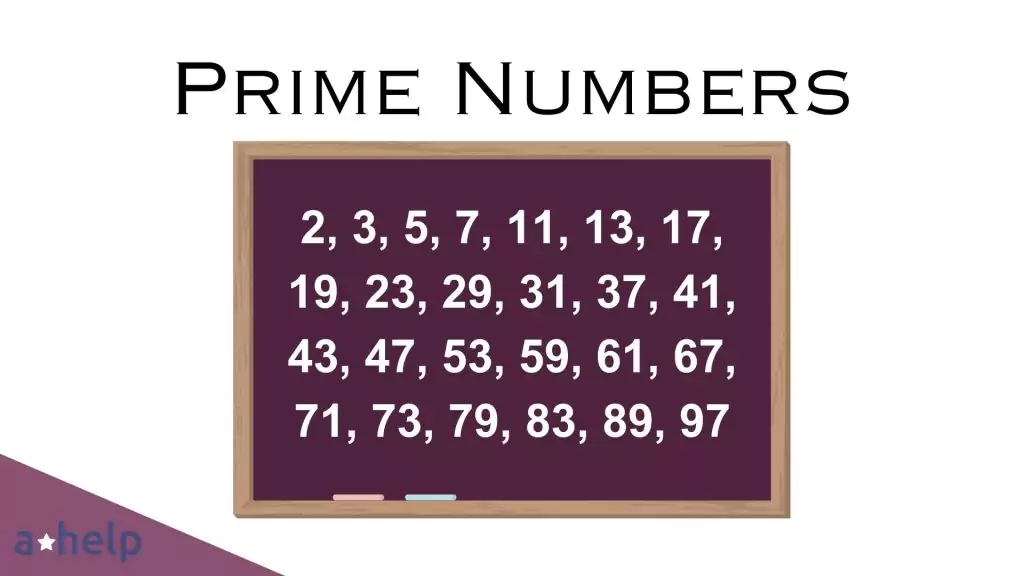
Units also play a crucial role in understanding complex mathematical concepts like prime numbers. Prime numbers, or primary numbers, are numbers that have only two distinct positive divisors: one and themselves. Understanding “one” or a “single unit” is key to identifying these prime digits and their prime factors.
Place Value
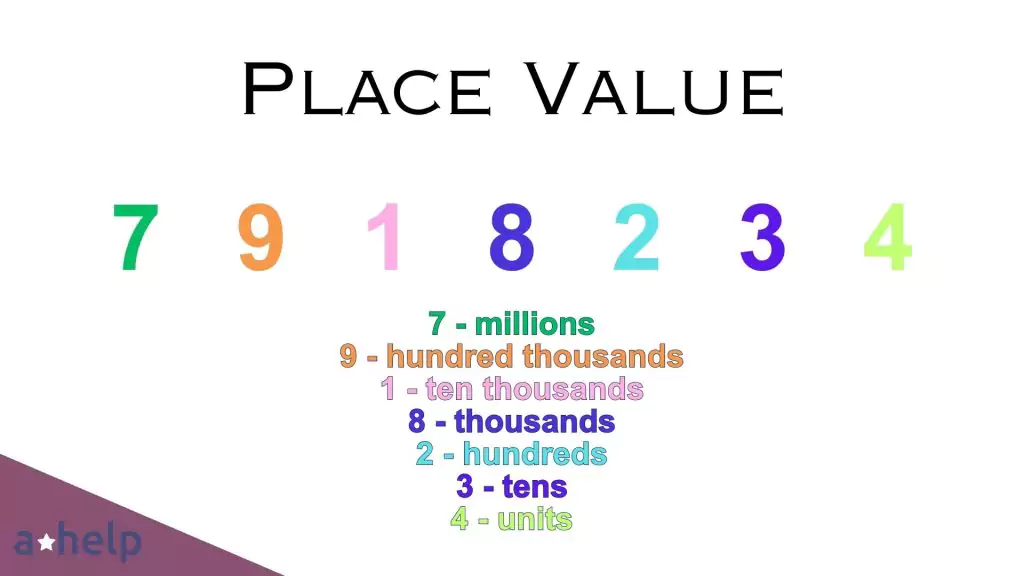
Units are intrinsic to the place value system. In any given number, the digit at the end or last position represents the units or ones place. Understanding this value system helps students get a strong footing in numeracy, allowing them to handle complex calculations later.
Electricity
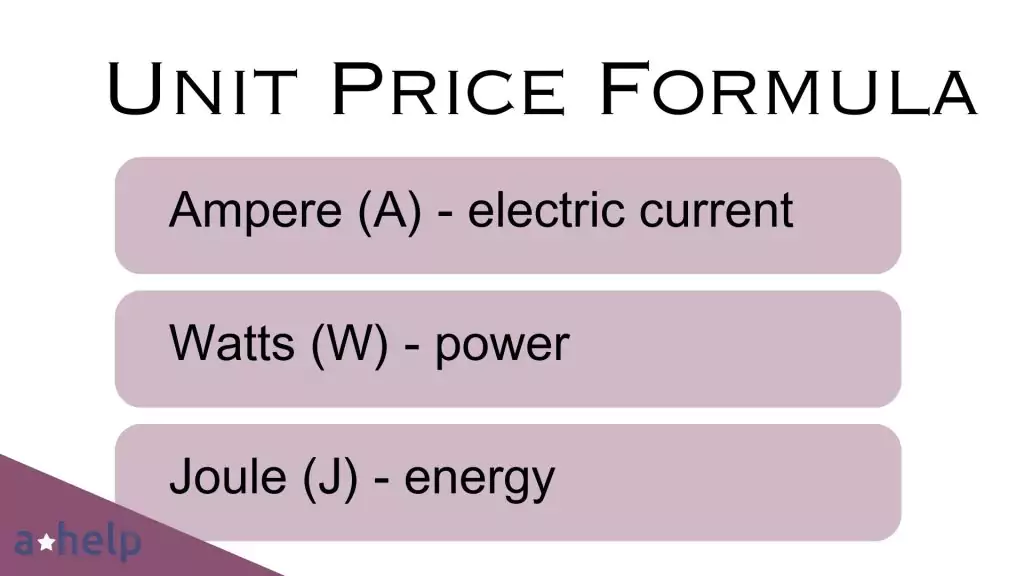
Units are also key in electricity measurement, defining electric power and electrical energy. The standard unit for electric current is the ampere, for power, it’s the watt, and for energy, it’s the joule. These units allow for the quantification and comparison of electrical phenomena.
To conclude, understanding a “unit in math” is more than understanding a math definition; it is a critical step in making sense of the world around us, from the weight of apples to the flow of electricity. Whether you’re figuring out which store has the best item price, calculating the area of a unit square, or deciphering prime numbers, recognizing the power of the unit will illuminate your understanding of math and beyond.
You can find more STEM Guides in our designated category here at A*Help!
FAQ
Follow us on Reddit for more insights and updates.


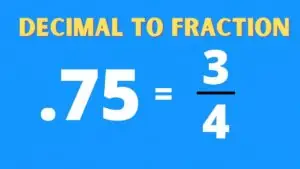


Comments (0)
Welcome to A*Help comments!
We’re all about debate and discussion at A*Help.
We value the diverse opinions of users, so you may find points of view that you don’t agree with. And that’s cool. However, there are certain things we’re not OK with: attempts to manipulate our data in any way, for example, or the posting of discriminative, offensive, hateful, or disparaging material.